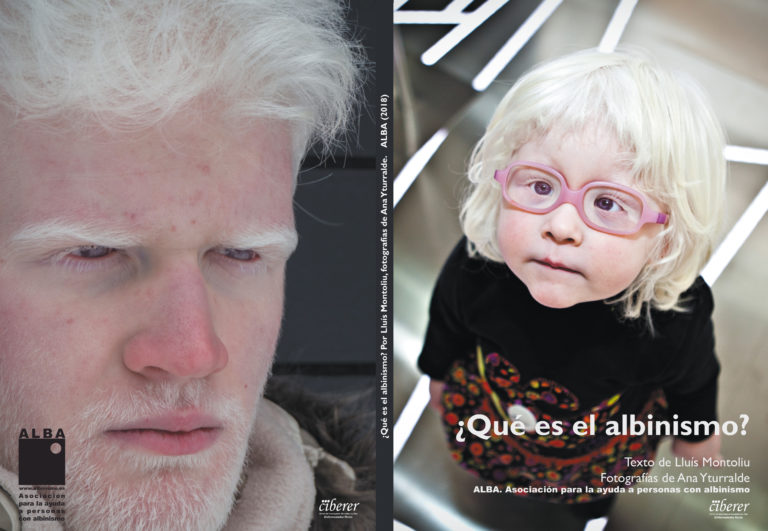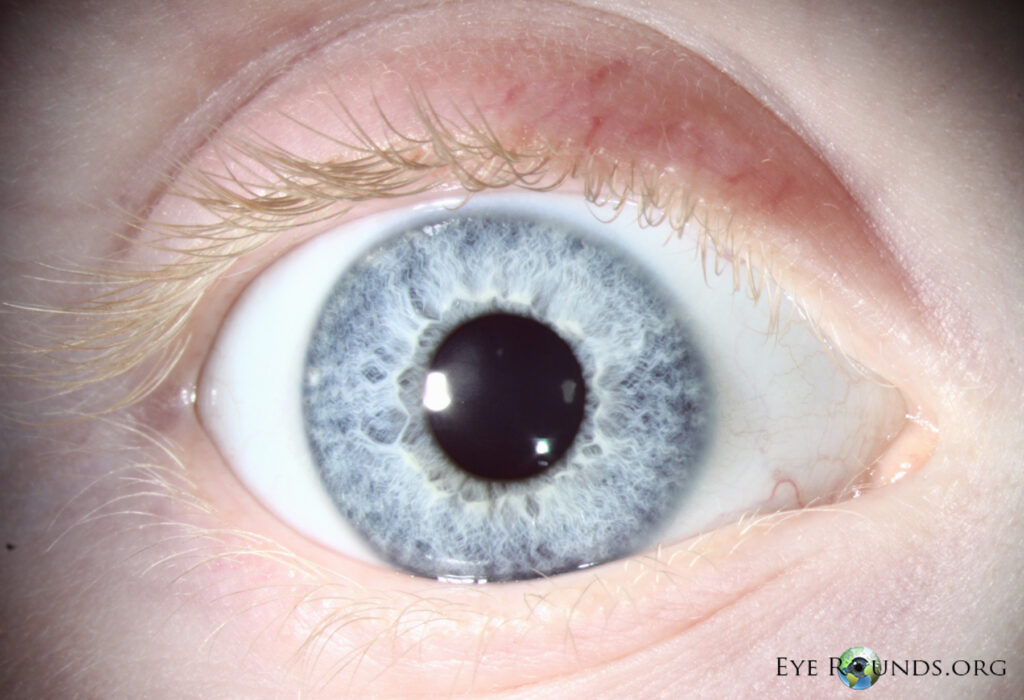Albinism, often abbreviated as ALB, is a rare genetic condition that affects the production of melanin, the pigment responsible for coloring skin, hair, and eyes. This condition manifests in various forms and has significant implications for individuals who live with it. In this article, we will explore the intricacies of albinism, including its causes, effects on physical and social well-being, and the challenges faced by those affected.

What is Albinism?
Albinism is a group of inherited disorders characterized by little or no production of melanin. Melanin is essential for determining the color of our skin, hair, and eyes. When the body produces insufficient melanin, it results in very light-colored or white hair, pale skin, and light-colored irises. The lack of pigmentation can also affect vision, leading to a range of visual impairments.
Types of Albinism
- Oculocutaneous Albinism: This is the most common type and primarily affects the skin, hair, and eyes. Individuals with this form have extremely light skin and hair, along with vision problems.
- Ocular Albinism: This type mainly impacts the eyes, causing reduced pigmentation in the retina and iris. Skin and hair color may appear normal or slightly lighter than usual.
- Hermansky-Pudlak Syndrome: A rare subtype of albinism that includes additional symptoms such as bleeding disorders and lung or bowel diseases.
- Chediak-Higashi Syndrome: Another rare form that involves immune system deficiencies and neurological issues alongside albinism.
Causes of Albinism
Albinism occurs due to genetic mutations that interfere with the production of melanin. These mutations are typically inherited in an autosomal recessive pattern, meaning both parents must carry the gene mutation for their child to develop the condition. Below, we delve deeper into the genetic mechanisms behind albinism.
Genetic Basis of Albinism
The production of melanin involves several genes, each playing a specific role in the synthesis and distribution of the pigment. Mutations in these genes disrupt the normal process, leading to albinism. Some key genes associated with albinism include:
- Tyrosinase Gene: Responsible for producing the enzyme tyrosinase, which is critical for melanin synthesis. Mutations in this gene cause oculocutaneous albinism type 1.
- P Gene: Involved in the maturation of melanosomes, the cellular structures where melanin is stored. Mutations here result in oculocutaneous albinism type 2.
- HPS1 Gene: Linked to Hermansky-Pudlak syndrome, this gene plays a role in organelle formation and function.
Inheritance Patterns
Albinism follows an autosomal recessive inheritance pattern. This means that a person must inherit two copies of the mutated gene—one from each parent—to develop the condition. If only one copy is inherited, the individual becomes a carrier but does not exhibit symptoms. Carriers have a 25 percent chance of passing the condition to their offspring if both partners are carriers.
Effects of Albinism
The effects of albinism extend beyond physical appearance. They encompass various aspects of health, vision, and social interactions. Understanding these effects is crucial for providing appropriate support and care to individuals with albinism.
Physical Effects
One of the most visible consequences of albinism is the lack of pigmentation in the skin, hair, and eyes. This absence of melanin makes individuals more susceptible to sunburn and increases their risk of developing skin cancer. Proper sun protection measures, such as wearing sunscreen, protective clothing, and sunglasses, are essential for minimizing these risks.
Skin Sensitivity
Individuals with albinism often have extremely sensitive skin that burns easily under sunlight. The lack of melanin reduces the skin’s natural defense against ultraviolet radiation, making regular dermatological check-ups vital for early detection of any abnormalities.
Hair and Eye Color
Hair color in people with albinism ranges from white to light yellow or even reddish tones. Similarly, eye color may vary from blue to gray or brown, depending on the amount of residual pigmentation. These variations highlight the diversity within the albinism spectrum.
Vision-Related Challenges
Vision problems are a hallmark of albinism and can significantly impact daily life. Common visual impairments include:
- Nystagmus: Involuntary eye movements that make focusing difficult.
- Strabismus: Misalignment of the eyes, commonly referred to as “crossed eyes.”
- Photophobia: Extreme sensitivity to light due to reduced pigmentation in the iris.
- Refractive Errors: Conditions like nearsightedness, farsightedness, or astigmatism are prevalent among individuals with albinism.
These vision issues often require specialized interventions, such as corrective lenses, tinted glasses, or surgery, to improve quality of life.
Social and Psychological Impacts
Beyond physical and medical challenges, individuals with albinism frequently face social stigma and discrimination. Misconceptions about the condition persist in many cultures, leading to isolation and marginalization. For example:
-
<
- In some regions, myths falsely associate albinism with supernatural powers or curses, putting individuals at risk of violence or exploitation.
- Children with albinism may experience bullying or exclusion in school settings, affecting their self-esteem and academic performance.
- Adults might encounter barriers in employment opportunities due to biases related to their appearance or perceived limitations.
Addressing these societal challenges requires raising awareness, promoting inclusivity, and fostering empathy through education and advocacy efforts.
Living with Albinism
While albinism presents unique challenges, many individuals lead fulfilling lives with proper support and resources. Here, we discuss strategies for managing the condition effectively.
Medical Management
Regular medical care is essential for addressing the health concerns associated with albinism. Dermatologists monitor skin health to prevent complications, while ophthalmologists provide treatments for vision-related issues. Early intervention and consistent follow-up appointments help mitigate potential long-term effects.
Educational Support
For children with albinism, tailored educational accommodations can enhance learning outcomes. These may include:
- Seating arrangements that minimize glare and maximize visibility.
- Use of large-print materials or assistive technology for reading and writing tasks.
- Collaboration between teachers, parents, and healthcare providers to create an inclusive environment.
Community and Advocacy
Connecting with others who share similar experiences can be empowering for individuals with albinism. Support groups and advocacy organizations offer platforms for sharing stories, exchanging advice, and advocating for policy changes. By amplifying their voices, these communities strive to break down stereotypes and promote acceptance.
Research and Future Directions
Scientific advancements continue to shed light on the underlying mechanisms of albinism and potential treatment options. Researchers are exploring gene therapies and other innovative approaches to address the root causes of the condition. While a cure remains elusive, ongoing studies hold promise for improving outcomes and enhancing the lives of those affected.
Moreover, global initiatives aim to combat the stigma surrounding albinism and ensure equal rights and opportunities for all individuals. Collaborative efforts across disciplines—from genetics to sociology—are paving the way for a brighter future.





